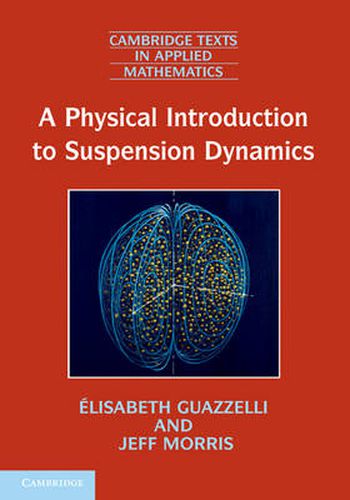Readings Newsletter
Become a Readings Member to make your shopping experience even easier.
Sign in or sign up for free!
You’re not far away from qualifying for FREE standard shipping within Australia
You’ve qualified for FREE standard shipping within Australia
The cart is loading…






Understanding the behaviour of particles suspended in a fluid has many important applications across a range of fields, including engineering and geophysics. Comprising two main parts, this book begins with the well-developed theory of particles in viscous fluids, i.e. microhydrodynamics, particularly for single- and pair-body dynamics. Part II considers many-body dynamics, covering shear flows and sedimentation, bulk flow properties and collective phenomena. An interlude between the two parts provides the basic statistical techniques needed to employ the results of the first (microscopic) in the second (macroscopic). The authors introduce theoretical, mathematical concepts through concrete examples, making the material accessible to non-mathematicians. They also include some of the many open questions in the field to encourage further study. Consequently, this is an ideal introduction for students and researchers from other disciplines who are approaching suspension dynamics for the first time.
$9.00 standard shipping within Australia
FREE standard shipping within Australia for orders over $100.00
Express & International shipping calculated at checkout
Understanding the behaviour of particles suspended in a fluid has many important applications across a range of fields, including engineering and geophysics. Comprising two main parts, this book begins with the well-developed theory of particles in viscous fluids, i.e. microhydrodynamics, particularly for single- and pair-body dynamics. Part II considers many-body dynamics, covering shear flows and sedimentation, bulk flow properties and collective phenomena. An interlude between the two parts provides the basic statistical techniques needed to employ the results of the first (microscopic) in the second (macroscopic). The authors introduce theoretical, mathematical concepts through concrete examples, making the material accessible to non-mathematicians. They also include some of the many open questions in the field to encourage further study. Consequently, this is an ideal introduction for students and researchers from other disciplines who are approaching suspension dynamics for the first time.